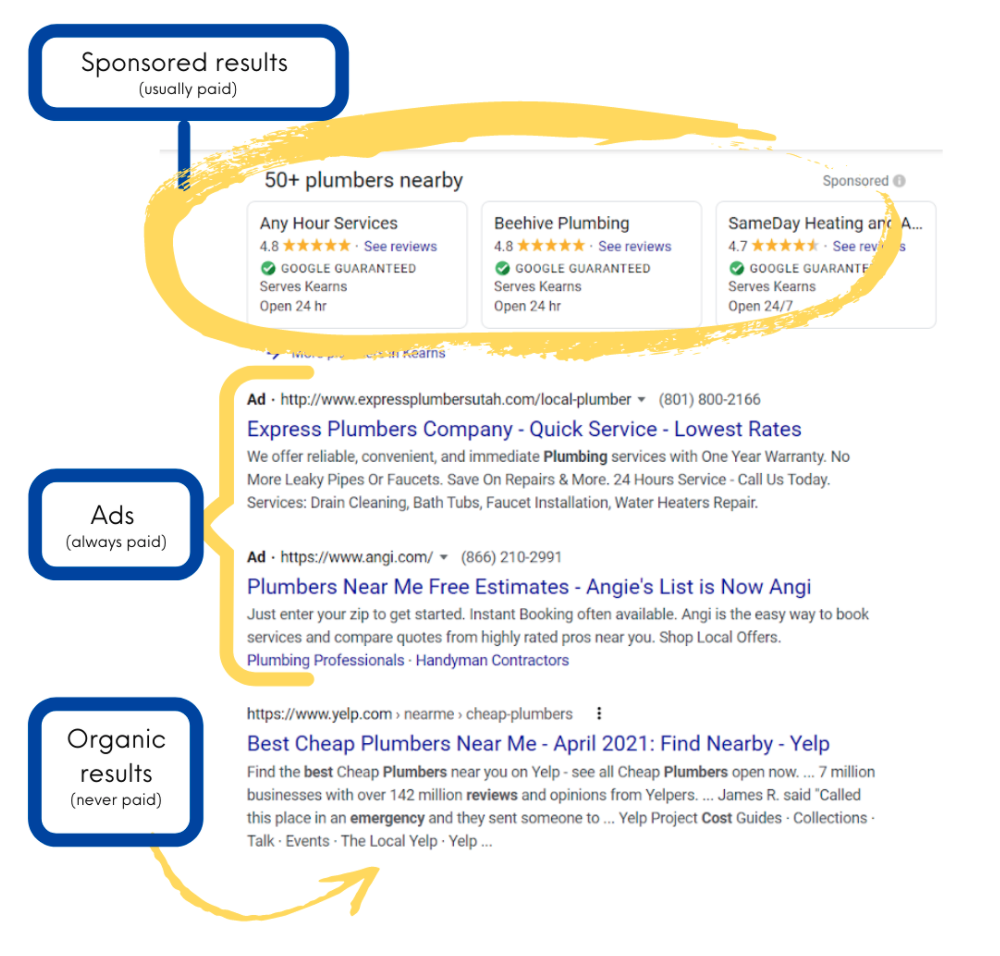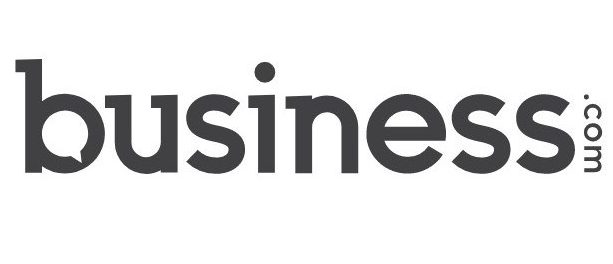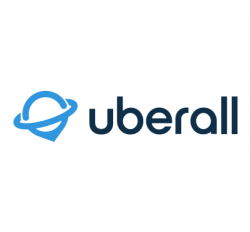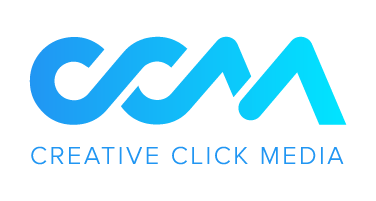Paid Search vs. Paid Social: Which Should You Use?
Date: May 19, 2021

It’s the future of marketing, but many people don’t understand the difference between the two most commonly used types of digital advertising. Pay-per-click advertising and paid social advertising have some similarities, but the differences between them can make or break your paid marketing campaign. With that, it’s important to understand the pros and cons of both options so you incorporate the right paid advertising solution into the marketing plan for your business.
What is Paid Search?
Picture this: it’s Saturday night, and your adorable three-year-old son just flushed his entire Marvel action figure collection down the toilet in your only bathroom. Spider-Man is stuck in the U-bend, the Incredible Hulk is wedged sideways in the main drain, Thor and his hammer are blocking the vent hole, and Iron Man is slowly circling the bowl in a lazy back float. In your only toilet.
You need to find a skilled plumber who will come to your house on a weekend evening without charging you a full mortgage payment.
So you open up your browser and search for “emergency plumber good reviews good price” and get a page that looks like this:
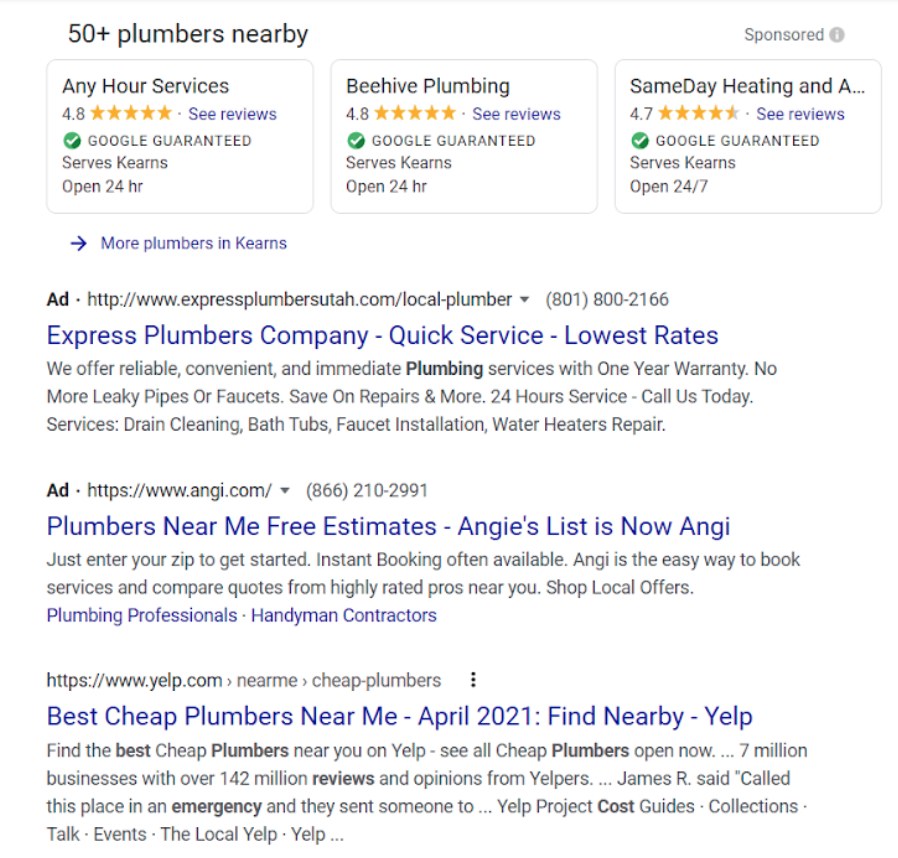
Ta-da! You’ve just stumbled on the paid Google Ads campaigns for multiple plumbers in your area.
Paid search marketing (PPC advertising) is a scalable and affordable form of search engine marketing (SEM) where companies pay search engines like Google and Bing to display ads at the top of a search engine results page (SERP) for a targeted audience.
Unlike organic search, which relies on (preferably) white hat search engine optimization (SEO) tactics to move your site higher on the SERP, paid search uses a combination of how much you’re willing to spend per click and your quality score (more on that later) to position your result at the top of a SERP.
Let’s look at your plumbing search results again:
As you can see from this diagram provided by FocusWorks, smart paid search campaigns can improve brand awareness for your products or services by placing your company front and center for people who are already looking for you.
Types of PPC campaigns
Traditional PPC campaigns can be divided into two main types: search ads and display ads.
Paid search ads, which can be text- or image-based, are activated after a consumer has already started looking for a product or service. Google Ads, like our plumber example above, are the most popular type of paid search ads.
These ads can be very effective with comparison shoppers because they instantly give shoppers the pertinent information, location, delivery times, and price for multiple vendors at once.
Unlike paid search ads, which target specific audiences who are actively looking for a solution, paid display ads, also known as native ads, are visually based and served while people are looking at other, often unrelated, content.
What’s Paid Social?
Okay, same Marvel action figures in the toilet scenario, but it’s now the child of an actual plumber who offers emergency services sending the Hulk to the sewer Quantum Realm at a fair price with good reviews.
The plumber, who lives and works in an area densely populated with families, takes a photo of his toilet full of superheroes to use in his paid social ad campaigns.
That’s a smart idea. It’s a funny pic that, when paired with a witty caption, will play well on photo-heavy social media platforms like Facebook and Instagram, and a video of Iron Man in the toilet lazy river could be huge on TikTok or YouTube.
Types of Paid Social Media Advertising
Just as regular advertising has multiple channels (direct mail, commercials, billboards, fliers, free-standing inserts, etc.), there are six main categories of social media ads: photo ads, video ads, carousel ads, collection ads, messenger ads, and text-only ads.
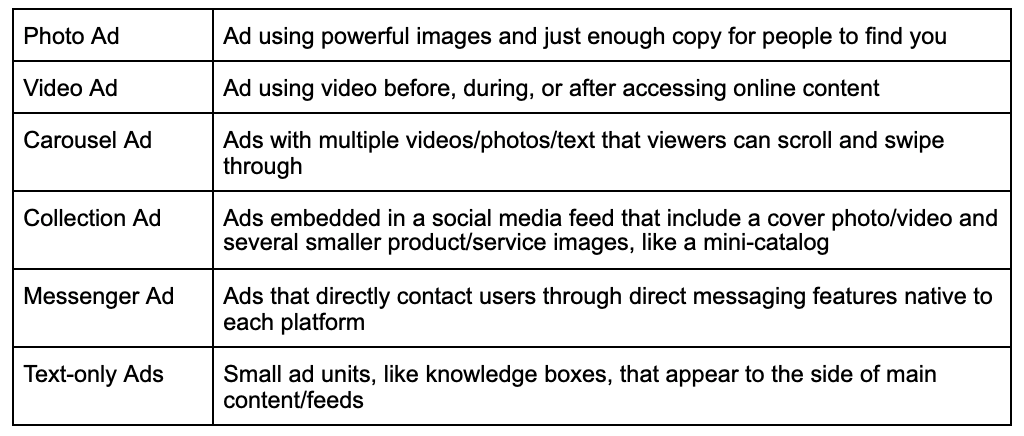
The specifics of how each ad type works vary by platform. For example, a video ad on YouTube can be pinned to the top of content or show up in the middle of a stream without the user ever clicking on a call-to-action button. A paid messenger ad on LinkedIn, where people are looking to connect professionally and ads tend to be service-based, may be more effective than on Facebook, where unsolicited messages on a platform with notorious privacy issues can feel invasive.
With these types of ads, you can push toward actions such as:
- Visiting a particular page on your website
- Requesting information in exchange for a downloadable lead magnet like a guide
- Scheduling a call or consultation
The type of ad you use and the platform you use it on depends on your campaign goals and your target audience.
Differences Between Paid Search and Paid Social
Paid search and paid social ad formats differ primarily based on consumer intent. Paid search is sometimes called intent-based advertising because the target audience intends to make a purchase sooner rather than later.
Social PPC is more like traditional advertising on billboards or in radio ads with the exception that you can draw a direct line between ad performance and conversion rates. Tracking your social ads this way can help you refine messaging that has a big impact on your target demographic.
Another way to think about this bottom of the funnel versus the top of the funnel. Paid search is bringing leads that are in the bottom stages of the funnel that are primed for conversion. With paid social, leads are closer to the top of the funnel and you’ll need a little more work to get them to become a client.
Pros and Cons of PPC and Paid Social Advertising
Both paid social and paid search ad formats have strengths and weaknesses, and understanding them can help you choose which marketing strategy is right for you.
Pros of Paid Search
The biggest advantage of paid search advertising is the one we keep talking about—highly targeted access to consumers who are ready to click “add-to-cart.”
Using Google AdWords and other key SEO keywords, it’s possible for paid search advertising to give you detailed control over your ad spend.
Paid search campaigns also deliver accurate tracking data that measure ad performance, click-through rates, and conversions in a way traditional advertising doesn’t. This constant flow of data analysis allows advertisers to quickly adapt ad copy, ad extensions, and landing pages to match trends.
Pros of Paid Social
The most obvious advantage of paid social campaigns is that they have audiovisual and sharing capabilities. Even text-heavy platforms like Twitter can launch a viral campaign with a stunning photo, a witty caption, and a hashtag. Marketing teams can also engage directly with consumers through comments and likes, turning a single paid ad into multiple touch points.
Another is that most platforms allow advertisers to target multiple audience segments. Whether you intend to reach a core audience made up of brand loyalists, a custom audience (in our Marvel toilet example, parents who follow lots of early childhood accounts), or a lookalike audience (people that look and act a lot like your dream demo), paid social campaigns can expand brand reach while meeting multiple overlapping goals. Paid social advertisers aim for customers, not keywords.
Cons of Paid Search
The biggest disadvantage facing paid search ad campaigns is that they’re text-only ads fighting against the flashy, visual world we live in. Paid search ads aren’t going to go viral and earn global media coverage in the same way Apple’s “Shot on iPhone” campaign did.
The other con for paid search ads is that even paying doesn’t guarantee your site will be the first result or target the best leads. Search engines rank paid results based on a company’s quality score like they do with organic search results.
Quality scores use complex algorithms to factor in your click-through rate (CTR), the relevance of ad keywords to ad groups, the quality and relevance of the information on the landing page the ad links to, the relevance of ad copy to keywords, and the historical performance of your Google Ads account.
Most business owners struggle to improve their paid search rankings because they don’t have the time or knowledge needed to improve their quality score.
Cons of Paid Social
If your marketing department runs on a shoestring, it can be hard to pay for ads when you can post the same content on the same platform for free. In a similar vein, social media platforms have to tell users when someone has paid to have their content in their stream.
This designation may be a big, blue AD written above the copy or may be a little tag that says sponsored under the image. Because paid social is pretty low in the sales funnel, it’s not uncommon for these marked ads posing as content to generate lower-quality leads.
Paid social ads also aren’t “last action” channels, meaning social media pages aren’t usually the last channel a consumer interacts with before purchasing. Businesses still have to get a potential client to their website and keep them there long enough to sell something.
Paid Search or Paid Social—What’s Better for Your Business?
The answer is: it depends – we know, that’s helpful right? But it really does.
It depends on what you’re marketing.
It depends on who you’re marketing to.
And it depends on what your campaign goals are.
4 Factors to Keep in Mind When Deciding Between Traditional PPC or Social PPC
If you had the time, budget, and know-how, you’d probably do both all the time, as Target and Amazon do.
But there are only so many Targets and Amazons in the world, and most businesses have to balance their product/service, their budget, and their long-term goals.
1.Your industry or Services/Products
In general, a service = search and a product = social.
Back to our example of the tragically flushed Avengers.
People looking for emergency plumbers know exactly what they’re looking for. They need someone to fix their toilet, which is a textbook paid search situation.
People searching for a replacement Thor action figure may decide they want a newer version or to pay less. They’re more likely to spend more time finding a retailer offering what they want at a price they’re willing to pay. Images matter in this case, and images work better on social.
2. How Fast You Want to See Results
If you need results yesterday, paid search is probably a better investment because you’ll be spending money on people who are already at the bottom of a sales funnel.
Paid social ads can make a big impact, but it usually takes longer to do it because you’re advertising to people who are looking at funny photos of their best friend’s toddler, not thinking about buying a couch.
3. Your Campaign Goals
Social is generally better for narrative advertising that builds awareness, and search is more effective for driving sales. So you really, really need to know what your specific campaign goals are to be effective.
Do you need to build brand awareness or improve your click-through rate? Are you trying to tell your skin care company’s brand story or drive traffic to your law firm website? Getting into the nitty-gritty of your goals will empower you to make a better decision and create better copy.
4. Your Advertising Budget
If you’re only worried about cost-per-click (CPC) for your ads, you’ll probably be tempted to launch a paid social campaign, where ads can be purchased for a fraction of the paid search cost.
But cost-per-click will never be your final advertising cost.
Your final cost will be determined by CPC, click-through rates, conversion frequency, and a host of other factors.
Your ad budget is your ad budget. Rather than focusing on what seems to be the cheapest option, figure out where your product/service performs the best, know what your timeline for ROI is, and decide what it is you’re trying to accomplish.
Get the Most Out of Your Paid SEM Campaigns
The only real rule in SEM marketing is that what works best for your company is what’s best. 9Sail specializes in joint and individual strategies for SEO and PPC campaigns that help you meet your goals to improve lead generation and quality traffic.
When you win, we win. Contact us today and let’s start winning together.

